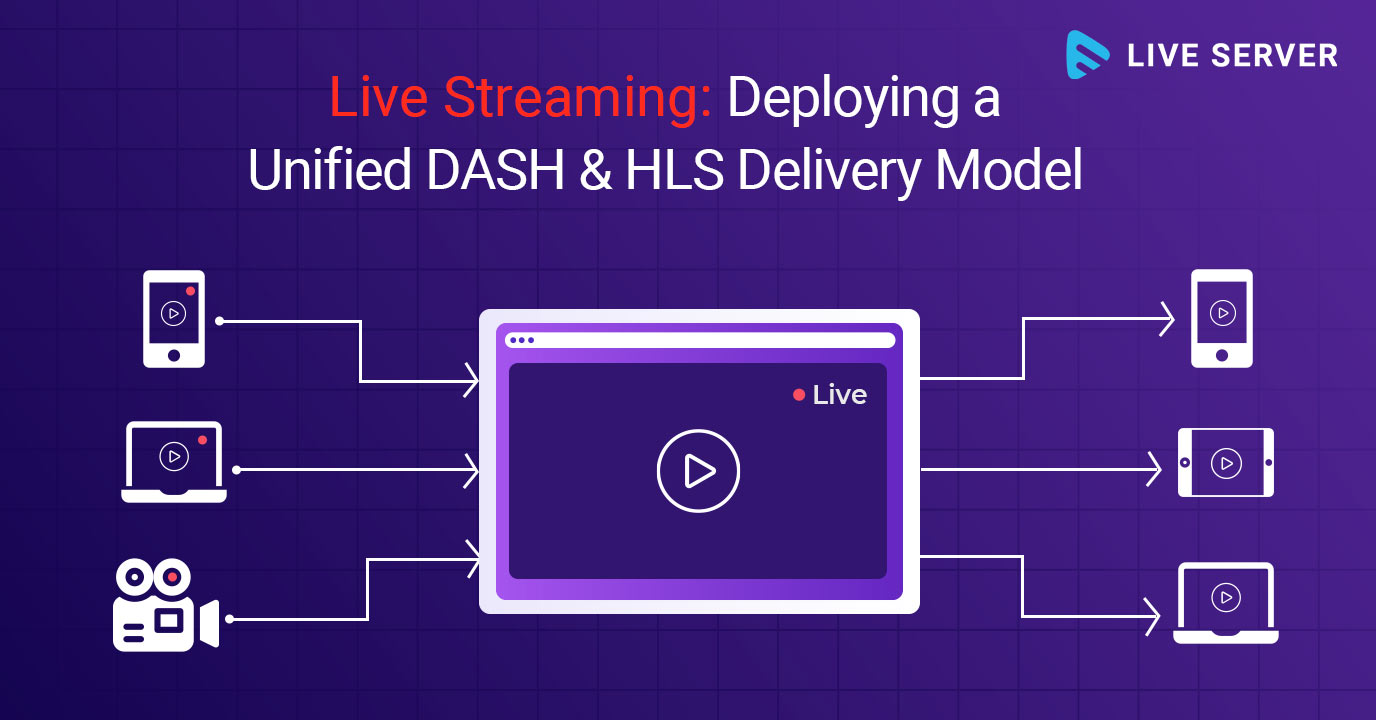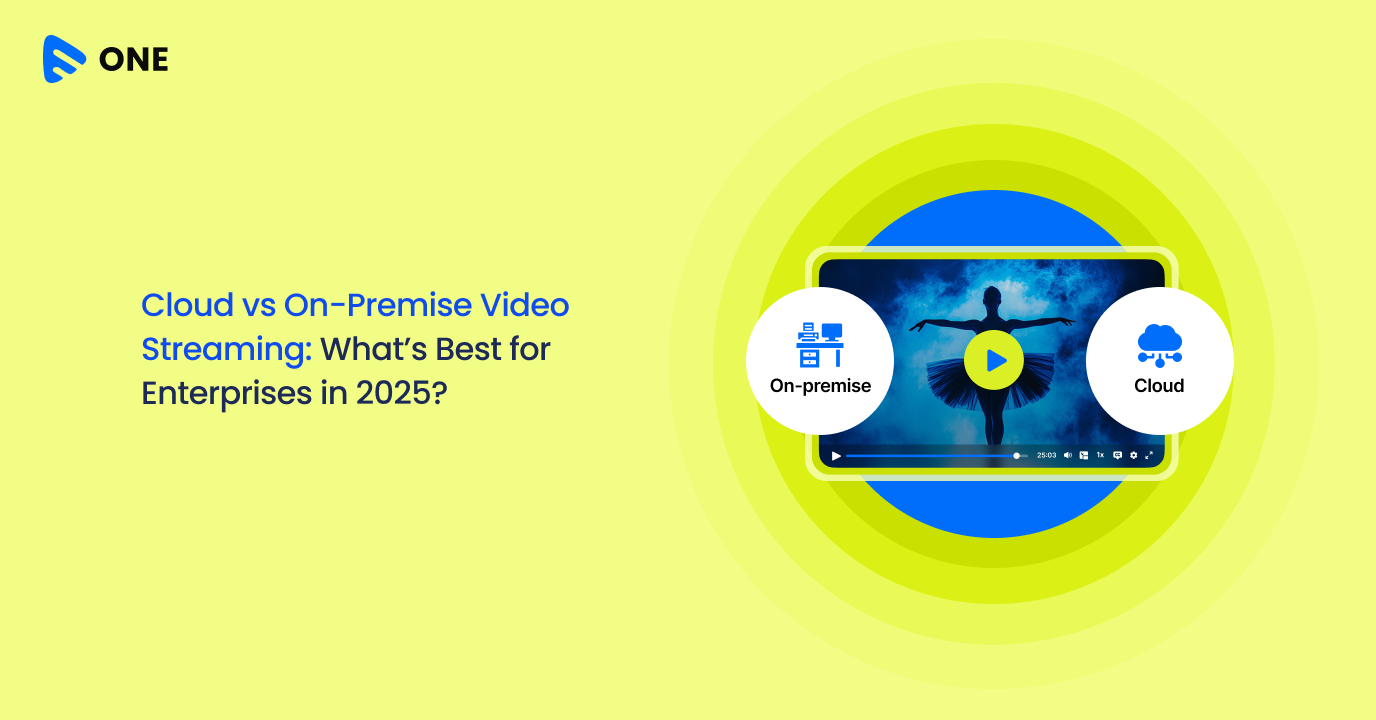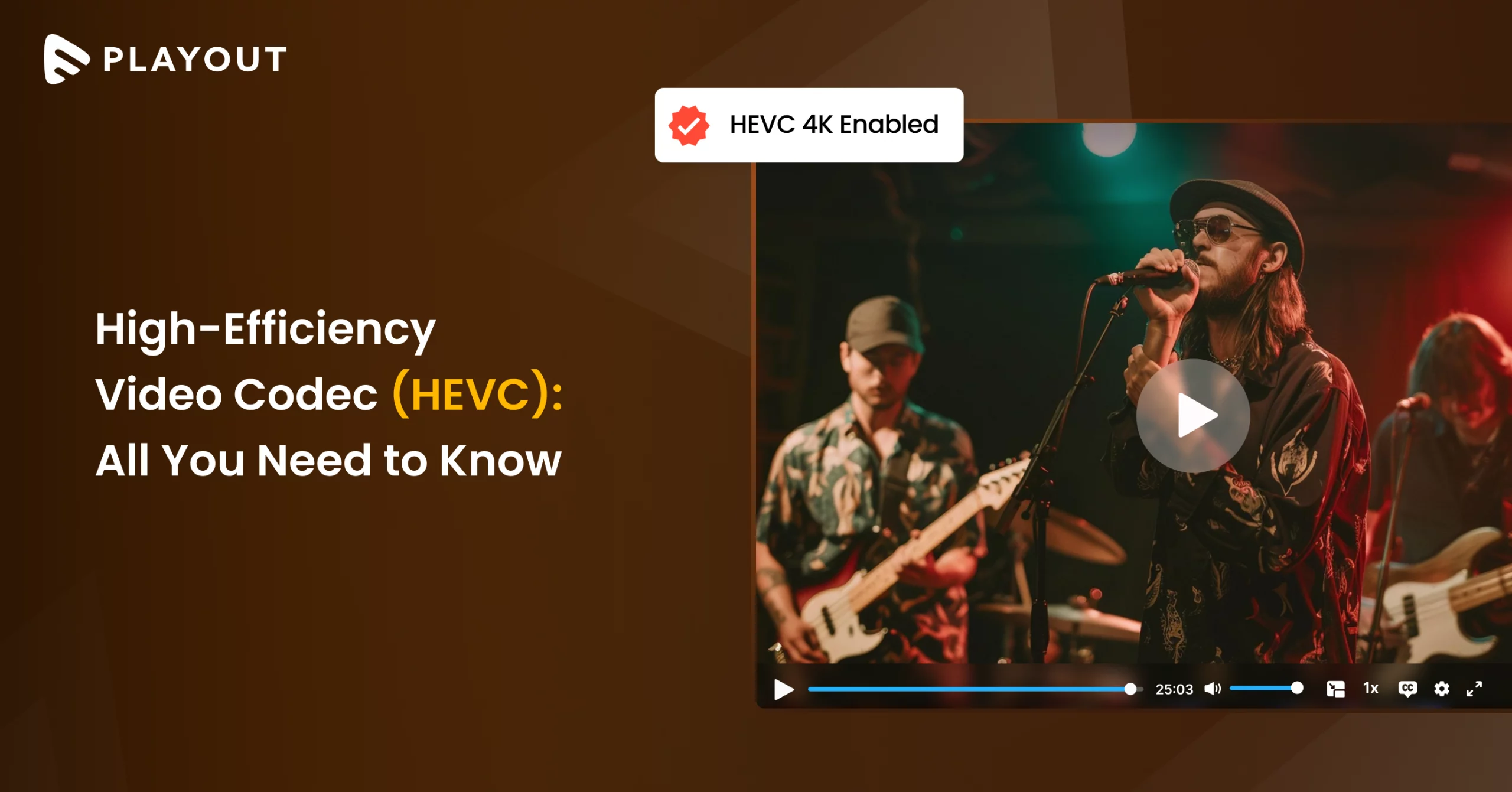https://www.muvi.com/one/MPEG-DASH and HLS- these are the most popular streaming standards yet two completely separate ecosystems that exist today for the delivery of live video. However, having separate delivery processes for the two different streaming formats not only creates additional costs related to processing, caching and storage but also adds another layer of complexity.
In order to opt for low latency OTT delivery, we have to rationalize the two approaches and find a common ground to ease workflow. In the next few minutes you will be informed about why deploying a unified DASH and HLS delivery model is necessary and the current OTT scenario.
Challenges in the Path of Low Latency OTT delivery
There are still several challenges, in the form of latency and monetization, that have hindered the way of achieving a unified workflow for video streaming. However, today the OTT industry is slowly getting closer to its goal due to the efforts in reducing duplicate low-latency streaming workflows, and by bringing monetization to the centre stage. Low latency, and monetization are essential in a unified delivery model.
CMAF: A Possible Ground for Convergence?
Standardized in January 2018, Common Media Application Format (CMAF) is basically a new format to simplify delivery of HTTP-based streaming media. It is an emerging standard to help reduce cost, complexity and latency issues that content owners or broadcasters face while streaming live or on-demand content.
Before CMAF, any content owner or broadcaster who wanted to reach out to a wider audience had to encode and store the same video file twice since encryption created completely different sets of files. To address this solution, Microsoft, Apple and other industry players came together to propose the CMAF standard.
Having said that, a complete convergence in OTT workflows was so long far from reality as there were still some missing pieces to the puzzle. However, there has been some recent promising developments. Although the journey to reach the goal of a unified delivery model was quite long, now with Apple’s announcement in Fall 2020 to fully support the low-latency HLS extension (LL-HLS) in its devices running iOS14, all pieces of the puzzle are on the table.
Latest Update on Low Latency HLS Extension (LL-HLS)
Apple recently announced an update of their Low Latency HLS specification that completely removes the HTTP/2 push requirement, which was debated heavily in the industry. Instead of using HTTP/2 push, Apple has decided to add a new tag called #EXT-X-PRELOAD-HINT.
With this tag, a server streaming a low latency HLS stream can announce the most likely location of the next media data that will become available. This process enables the player to perform a request, allowing the data to flow in as soon as the next part of a segment becomes available. As an additional benefit, the process makes it easier for media players to measure the bandwidth to the server.
Why do We Need Low Latency OTT Delivery?
Delivering low latency videos has become the need of the hour, especially for streaming highly valuable content such as premium sports/tournaments and online gaming which attracts a large audience. The use-case is also imperative for live streaming video apps that rely on real-time engagement on social media platforms. But latency also has an impact on monetization.
If you are a content provider, you need to monetize your content and earn a profit margin. For that you need targeted ads to be a part of the OTT streaming equation. Once the industry has developed a unified CMAF-based live streaming ecosystem that supports common encryption (already achieved with CBCS. More on that, later), ad insertion and low latency for both HLS and DASH, processing, storage and delivery costs can be greatly reduced.
Unified Support for CBCS Encryption
Over the years, finding a sustainable and profitable business model has been a challenge for OTT. Content providers need to integrate DRM and/or ad insertion tools, in order to monetize their content depending on their subscription model. Also, there has to be a common OTT delivery standard for smoother and hassle-free integration.
But we have a good piece of information to share here- unified support for the CBCS encryption scheme has now become available on all the major DRM systems such as Google Widevine and Microsoft PlayReady for DASH and Apple FairPlay for HLS.
So, regardless of any DRM system, a single media file can now be encrypted in the CBCS scheme and distributed to any player for immediate playback. This fulfills the initial promise of CMAF.
While it’s true that dynamic ad insertion can make ads more relevant, service providers, however, need to ensure a seamless video experience. Both DASH and HLS Low Latency specifications are currently being analyzed to ensure whether legacy workflows can be used or modified to consider the additional constraints of having a shorter delivery path.
Wrapping Up,
2020 seems a promising year towards the development of a unified CMAF-based OTT streaming ecosystem that supports common encryption with CBCS, along with ad insertion and low latency OTT delivery for both HLS and DASH standards. This will create a more profitable, speedy and optimized delivery scheme that will promote the key features OTT service providers are looking for.
Muvi Live supports live video delivery across a variety of formats including CMAF. This process ensures video scalability as the number of CMAF-compliant devices continues to grow in the near future.
Take a 14-Day Free Trial!















Add your comment